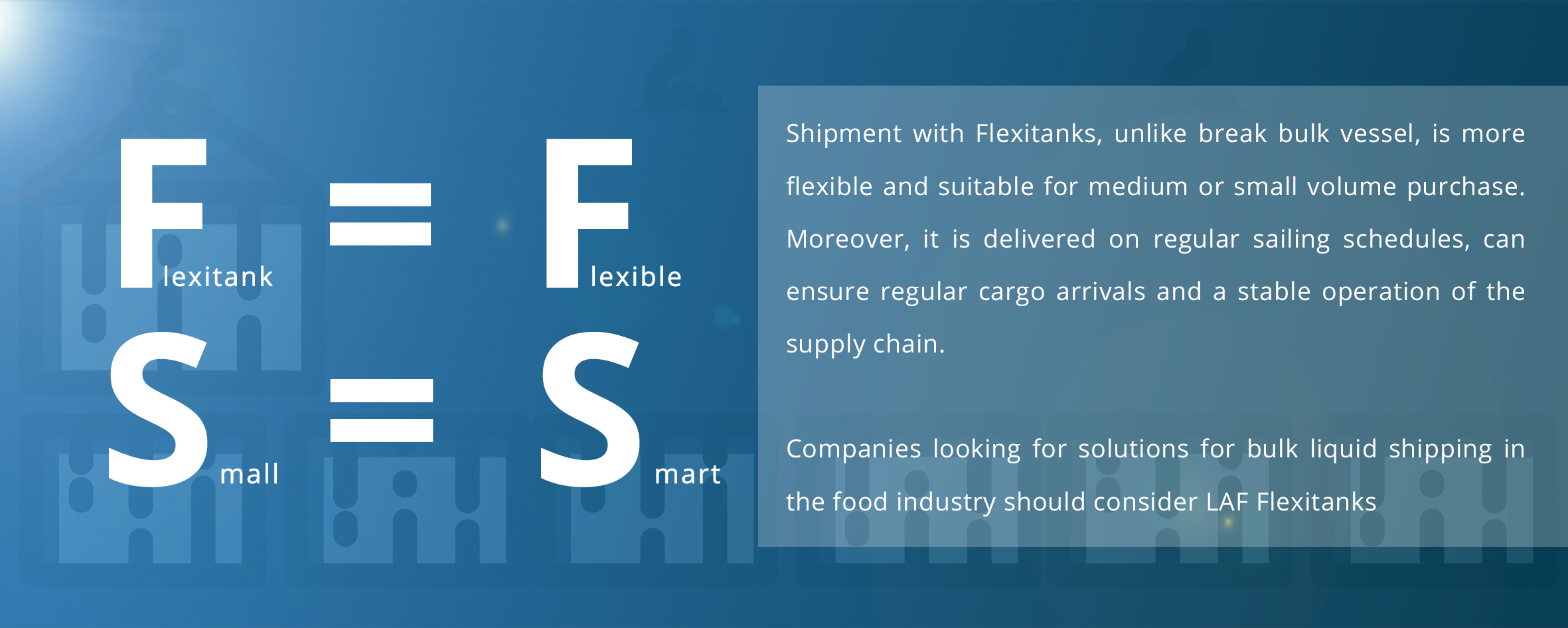Tel: +86-(0)532 6609 8998


Views: 156 Author: Site Editor Publish Time: 2022-02-09 Origin: Site








Based on the data provided by Prima from 2020 to 2030, the demand for biodiesel in regions represented by Europe and North America continues to increase. At the policy level, RED II has increased EU low-carbon demand, and North America's low-carbon legislation has also increased US demand. Therefore in the future, the transportation of biodiesel and biodiesel raw materials will simultaneously face new challenges.

As a standardized soft packaging method, flexitank can be installed in a 20-foot standard container, which greatly facilitates the transportation of biodiesel raw materials and finished products, and saves a lot of packaging and transportation costs. The use of flexitank has largely promoted the development of the biodiesel industry in European and American countries.

At this stage, palm methyl ester and UCO are still the two most important raw materials for the production of biodiesel in the 28 EU countries, and their transportation is obviously relevant to flexitanks. Prima data shows that by 2030, EU demand for biodiesel will exceed 12 billion gallons. Under the requirements of RED II, the demand for UCO as a raw material for biodiesel will continue to rise. UCO is currently transported mainly in flexitanks.
From the perspective of North America, low-carbon legislation has also significantly increased the demand for biodiesel in various regions. Prima data shows that by 2030, the demand for biodiesel in North America will exceed 4 billion gallons. In addition to UCO and palm methyl ester, other vegetable oils such as rapeseed oil and soybean oil produced in the Americas are also important raw materials for the production of biodiesel, and relevant transportation is also carried by flexitanks.
In addition for biodiesel and by-product glycerin, flexitanks are also the preferred transportation options due to their economy and convenience. The following is a detailed explanation of the economy and convenience of flexitank transportation compared with other transportation methods, as well as improving overall operation and management efficiency, reducing comprehensive logistics costs, and taking advantage of price advantages to expand business.
1. Use flexitank to increase the effective loading capacity. Taking a 20-foot standard container as a unit, the loading capacity using flexitank is 15% more than that of IBC and 40% more than that of steel drums.


2. Suppliers can recommend LAF flexitank to small and medium-sized buyers. For clients carrying huge volume, the best way is to choose bulk carriers to transport more than 20,000 tons of cargo. However, the cycle of bulk carriers is not fixed, slow delivery or late arrival will bring great risks to the buyer's supply chain.


3. To optimize the supply chain of bulk liquid logistics. Flexitank is the most suitable packaging method for bulk liquid cargo transportation, especially suitable for multimodal transportation. Liquid cargo can be directly pumped into flexitank from the storage tank, eliminating the need for manual operations such as palletizing and container packing at the place of origin. After the container arriving at the destination, the liquid cargo can be unloaded into the storage tank through pumps and pipelines, without manual unloading and storage manage. By simplifying the work process of shipping and arriving at both ends, using flexitanks to transport liquid goods can effectively simplify the bulk liquid logistics supply chain, improve the overall operation efficiency of the supply chain, and reduce logistics costs.


At present, biodiesel products are developing all around the world. Taking EU countries as an example, by 2030, the proportion of renewable energy will reach at least 32%. From the first generation of acid-base catalysis to the second generation of supercritical and biological enzyme catalysis, technological changes are also in progress. Technological innovations have increased the production capacity of biodiesel, thereby increasing the demand for raw materials. The number of simultaneous finished products and by-products climbed.
Regardless of the raw materials, finished products and by-products of firewood, choosing the right transportation method has become particularly important and has become an indispensable link for the entire industry. Flexitank, as a widely used method of packaging and transportation in the industry, will surely further assist the transportation of biodiesel and promote the development of this new energy on a global scale!